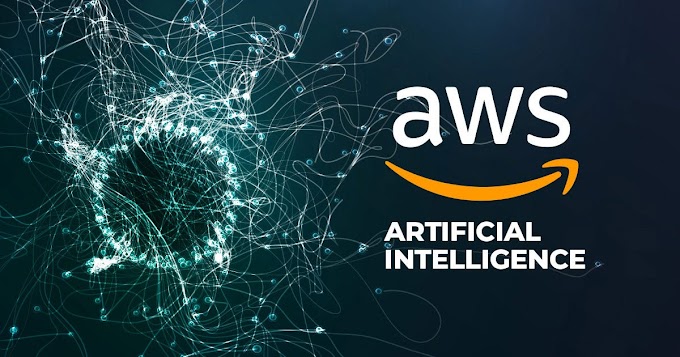The rise of artificial intelligence (AI) has ignited a fascinating debate: can machines ever truly match the human mind? Both AI and the human mind possess unique strengths and weaknesses, making it difficult to declare a clear winner. This article delves into the key differences between AI and the human mind, exploring their respective advantages in areas like processing power, learning, creativity, and social intelligence.
Processing Power: Machines Lead, But Efficiency Matters
One of AI's most impressive feats lies in its raw processing power. Modern computers can perform calculations millions of times faster than the human brain. This allows AI to analyze vast amounts of data, identify complex patterns, and make predictions with incredible speed and accuracy. For tasks involving large datasets, such as financial forecasting or scientific simulations, AI reigns supreme.
However, processing power is just one facet of intelligence. The human brain, though slower in raw calculations, excels in its efficient use of information. Our brains are wired for pattern recognition and learning from limited data. We can use common sense and intuition to bridge gaps in knowledge, something AI currently struggles with.
Learning: From Brute Force to Adaptability
AI excels at learning from vast amounts of data. Through techniques like machine learning and deep learning, AI can analyze patterns and improve its performance over time. This allows AI to become highly skilled in specific tasks, like playing chess or recognizing objects in images.
However, human learning is more nuanced. We learn through observation, experience, and interaction with the world. We can adapt to new situations and apply our knowledge flexibly. AI struggles with tasks requiring out-of-the-box thinking or transferring knowledge to new contexts.
Creativity: Human Imagination vs. Algorithmic Mimicry
Creativity is a hallmark of human intelligence. We can generate new ideas, solve problems in novel ways, and express ourselves through art, music, and literature. AI, on the other hand, struggles with true creativity. While AI can be used to generate creative outputs – like music or poetry – these typically involve mimicking existing styles or patterns rather than true innovation.
Social Intelligence: Where Humans Shine
Humans display a remarkable ability to understand and navigate social situations. We can read emotions, empathize with others, and build relationships. AI, despite advancements in areas like natural language processing, still struggles with these aspects of intelligence. They can analyze vast amounts of social media data to understand how people communicate, but they lack true empathy or emotional understanding.
The Future: A Symbiotic Relationship
The debate between AI and the human mind isn't about who is "better." Both have unique strengths and weaknesses that can complement each other.
The future likely holds a world where AI and human intelligence work in tandem. AI can handle tasks requiring brute force computation and data analysis, freeing up human minds for creative problem-solving and social interaction.
AI Can Enhance Human Capabilities:
Personalized Learning:
AI-powered tutors can analyze individual learning styles and provide personalized instruction.
Cognitive Assistance:
AI tools can augment our thinking by providing relevant information and automating tedious tasks.
Scientific Discovery:
AI can analyze vast amounts of scientific data to accelerate research and discovery.
Addressing AI's Limitations:
While AI offers immense potential, we must address its limitations. Here are some key considerations:
Bias and Fairness:
AI algorithms can perpetuate societal biases if trained on biased data. Ensuring fair and ethical AI development is crucial.
Human Control:
AI systems should operate under human supervision to prevent unintended consequences.
Job Displacement:
Automation powered by AI could lead to job displacement. We need to focus on retraining and reskilling the workforce.
A Co-Evolutionary Dance:
The relationship between AI and the human mind is likely to be a co-evolutionary dance. As AI continues to develop, it will push the boundaries of what machines can do, forcing us to redefine intelligence itself. However, the human mind, with its unique strengths in creativity, social intelligence, and adaptability, will remain central to our future. Our challenge lies in harnessing the power of AI while upholding human values and fostering a future where both human and artificial intelligence can thrive.
Beyond the Binary: Other Forms of Intelligence
This discussion has primarily focused on human and artificial intelligence. However, it's important to acknowledge the existence of other forms of intelligence in the natural world. Animal intelligence, for instance, displays remarkable feats of problem-solving and adaptation. As we continue to explore AI and its potential, considering these other forms of intelligence may provide valuable insights and help us develop more nuanced AI systems.








